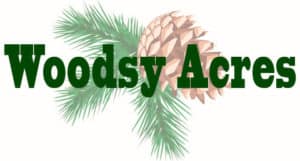Pine wood is a stable and versatile wood used throughout the world. It is a sustainable wood due to its fast growth and is considerably cheaper than other types of wood, such as hardwoods. Pinewood has a lot of uses in different industries. What that use is will depend on what type of pine you’ll want to consider, as there are several species.
Pine wood is suitable for constructing homes and businesses, including log buildings. It’s also great for making furniture, cabinets, plywood and paneling, the paper industry, trim and molding, fencing, decks, mulching chips, and heating. Pinewood is vastly available and considered less expensive than most other woods.
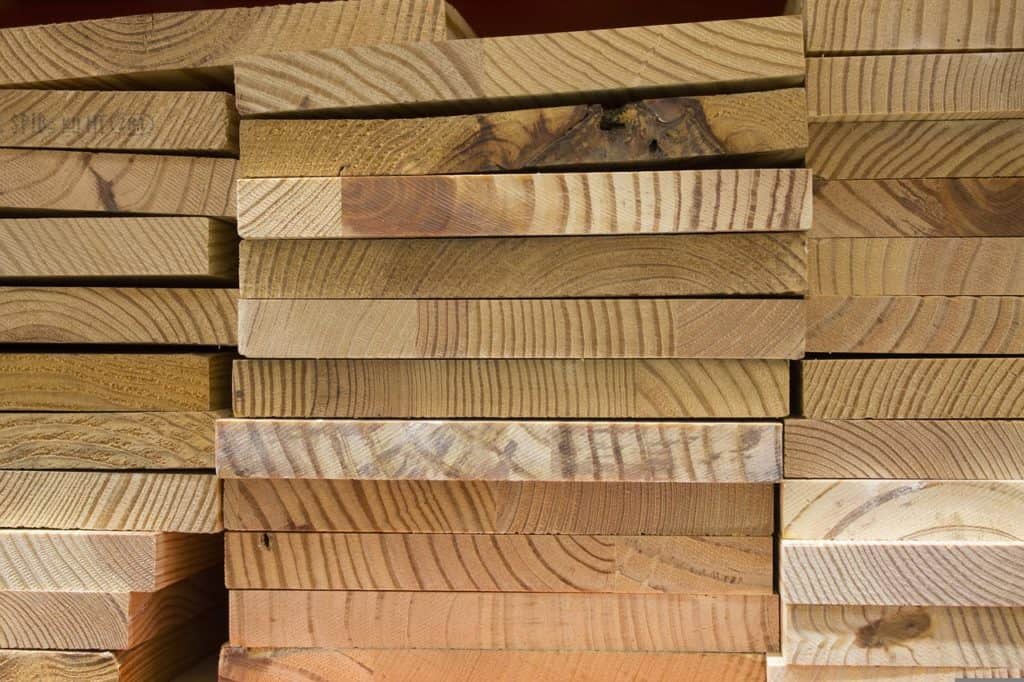
Pine Planks Stacked and Ready for Production
Let’s go beyond some of the more obvious uses of pine wood listed below and look at other benefits of pine that aren’t as common or obvious. Plus, what types of pine trees make pine wood?
15 Less Obvious Uses for Pine Wood
Below are some not-so-obvious uses for pine wood, but they are not limited to just these. Maybe you can think of a few others.
- Natural fence posts
- Natural decorative posts for feeders and birdhouses
- Natural-looking flag poles
- Whittling pine – some pines are better for whittling than other pines.
- Wood carving
- Whistles
- Fatwood – found in dead pine trees
- Log Furnishings – constructed from small logs such as shelves, towel racks, or toilet paper holders.
- Woodturning
- Pergola, or gazebo
- Wainscoting
- Trellis
- Walking sticks
- Treehouses
- Wooden matches
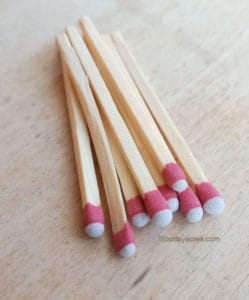
Examples of Common Pine Wood Use
To further answer the question “What is pine wood good for?” here is a list of the most commonly known ideas. Of course, there is so much more than pine wood is used for, but these are some of the mainstream uses.
- Construction – Dimensional lumber one-by, two-by, four-by, plywood, and other sheathing used in construction, such as Oriented Strand Board (OSB) and different particle boards.
- Interior Construction – Plank sidings such as ship-lap and tongue and groove. Solid core wooden doors, including door jams and casing. Wooden windows stile, rail, jambs, sill, and window casing.
- Millwork – Cabinets, trim, baseboard, molding, paneling, and log styles for log homes.
- Outdoor Furniture – Wooden rockers, picnic tables, benches, and Andriock chairs.
- Outdoor Pine Logs – fence posts, benches once ripped in half, carved-out log chairs, end tables,
- Other Outdoor Uses – decks, deck railing, stairs off raised decks, kid’s forts,
- Paper Products – Used to create a pulp to make paper, cardboard, and other paper-type products.
- Chipping – chips for mulch and is great bedding for animals.
- Furniture – Anything from kitchen tables to small wall shelves, towel holders, and other accessories.
- Wood Toys – vehicles, tracks, trains, pull toys, wagons, animal figurines, building blocks, and many other ideas.
- Firewood – There is an age-old disagreement that claims pine wood creates dangerous creosote in the chimney when burned in a fireplace or wood stove. I have an article called “Can You Avoid That Foul Creosote Buildup Burning Ponderosa Pine?” Although it’s referring specifically to Ponderosa pine, it will apply to any pine wood species, so please give it a read.
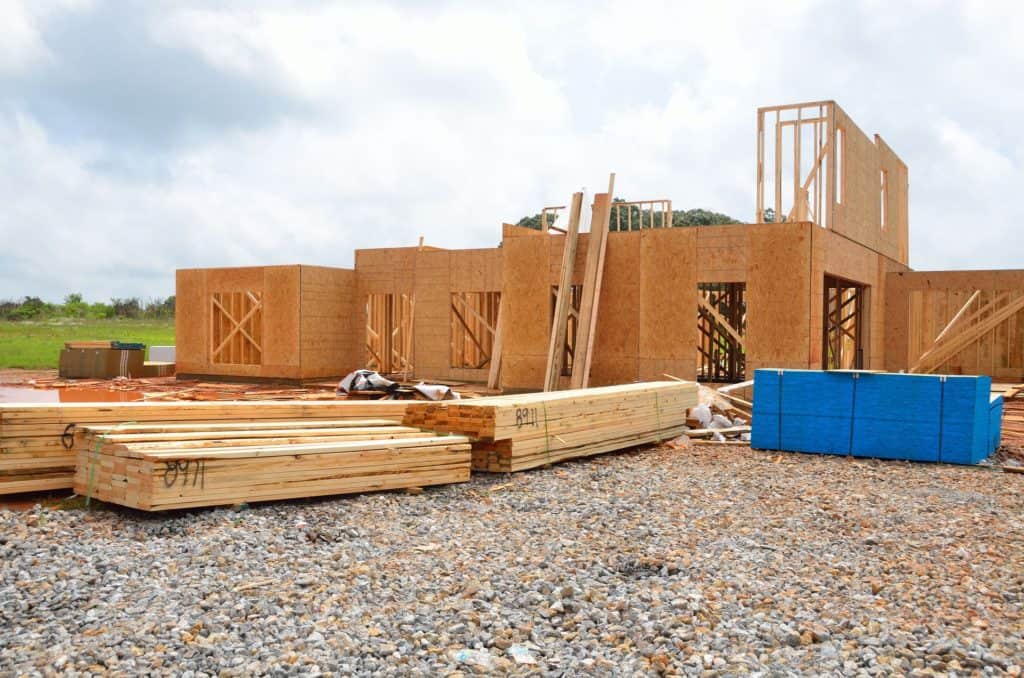
New Home Construction
Types of Pine Trees That Produce Pine Wood
Without any doubt, pinewood is a softwood, and when picking it, you should consider the hardness of pine. Among the pine family, there is also what is called hard pine; although still considered softwood, for the most part, it can be harder than some softer hardwoods such as basswood and balsa.
The Janka hardness test determines the hardness of any wood, including pine. A steel ball measures the force required to push that ball halfway into a particular wood species. (Wikipedia-Janka Hardness Test)
The table below shows the hardness of various commonly used pines in the United States.
| Category | Wood Species | Locations | Janka Hardness |
| White Pines | Sugar Pine | North Central Cascades & Sierra Nevada Mountains | 380 |
| Western White Pine | Mountains of the Pacific NW | 420 | |
| Eastern White Pine | Eastern part of North America | 380 | |
| Limber Pine | Mountains of Western America | 430 | |
| Red Pines | Red (Norway) Pine | North and Northeast Minnesota, Ohio, Tennesse, Maine, and Georgia | 1630 |
| Yellow Pines | Loblolly Pine | Texas, Florida, and New Jersey | 690 |
| Pitch Pine | South Carolina, New York, Virginia, | 620 | |
| Shortleaf Pine | Western & Eastern Texas, Oklahoma, Southern NY, South to North Florida | 690 | |
| Longleaf Pine | Alabama, NW Georgia, Atlantic, and Gulf Coastal Plains, East Texas, SE Virginia, and Florida | 870 | |
| Jack Pine | Michigan, Wisconsin, and Minnesota | 570 | |
| Spruce Pine | Parts of Georgia, Alabama, Mississippi, Northern Florida, and South Carolina | 510 | |
| Middle Hardness | Lodgepole Pine | From the Yukon all the way south to Baja California and throughout the west | 480 |
| Ponderosa Pine | Throughout the Pacific Coast and the Plains states of Oklahoma and Nebraska | 460 |
To give you some comparisons of a few hardwood hardness, hard maple has a Janka hardness of 1450, White oak is 1360, Red oak is 1290, Black Walnut is 1010, and Black Cherry is 950.
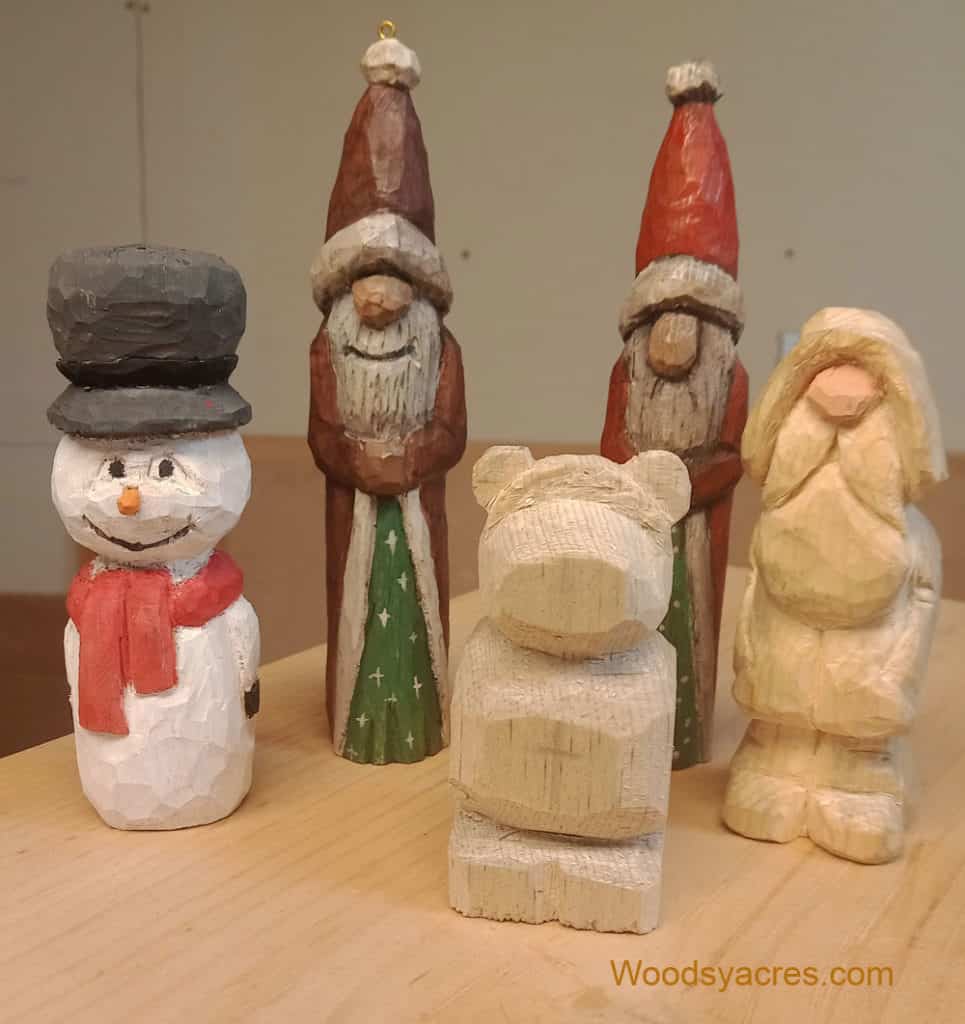
Wood Figures Carved in Pine Wood
Besides Pine Wood – Other Interesting Uses of a Pine Tree
Parts of the tree from which pine wood is derived include sap, bark, pine needles, and pinecones. Just about every aspect of some pine trees has a use for them. Make a litany of products using a pine tree’s sap, pine, and resin, including medicinal products.
There are parts of the bark that are edible. You can use the needles from some pine trees for tea or even basket weaving. Use the boughs to create a fresh garland or unique wreath. Pine cones have edible nuts; most pine cones are a favorite for crafting and decorating.
What are the Disadvantages of Using Pine Wood?
Before tackling the next project using pine wood, you might want to consider some things. First, although it is an excellent wood with many uses, some attributes need to be known. I’ve done much with pine over the years and learned much about this wood.
Pinewood can often twist, bow, and warp. This aspect of the wood can make use of the planks nearly impossible to use in any application.
It contracts and expands (shrinks and swells) with humidity. If you’re going to work with pine wood, keep this in mind so you can allow it in a project. As an example, I recently built a door for a cabin with pine wood and used splines between the planks to allow for the potential change, and it worked out great.
As mentioned earlier, pine is a softwood, so it’s prone to be easily indented, scratched, or marred. If you’re going for that rustic or antique look, this isn’t going to be an issue.
Due to the softness of the pine and the pitch, you can get inconsistent finishing from the wood. Especially when staining the wood, you’ll find that there will be light and dark areas.
Depending on the pine species, it can often split or crack within the wood grain. Chipping and cracking are especially true if your pine wood is unprotected and subjected to UV rays, also known as sunshine.
Then there are those pesky knots that are a natural attribute of pine wood. They can often be full of pine pitch, making them difficult to apply a finish. Also, some of them can be or become loose and fall out, which might be okay, depending on the pine wood project.
Often, especially on pine boards, you’ll find pockets full of pine pitch that will ooze out, making things pretty sticky and annoying.
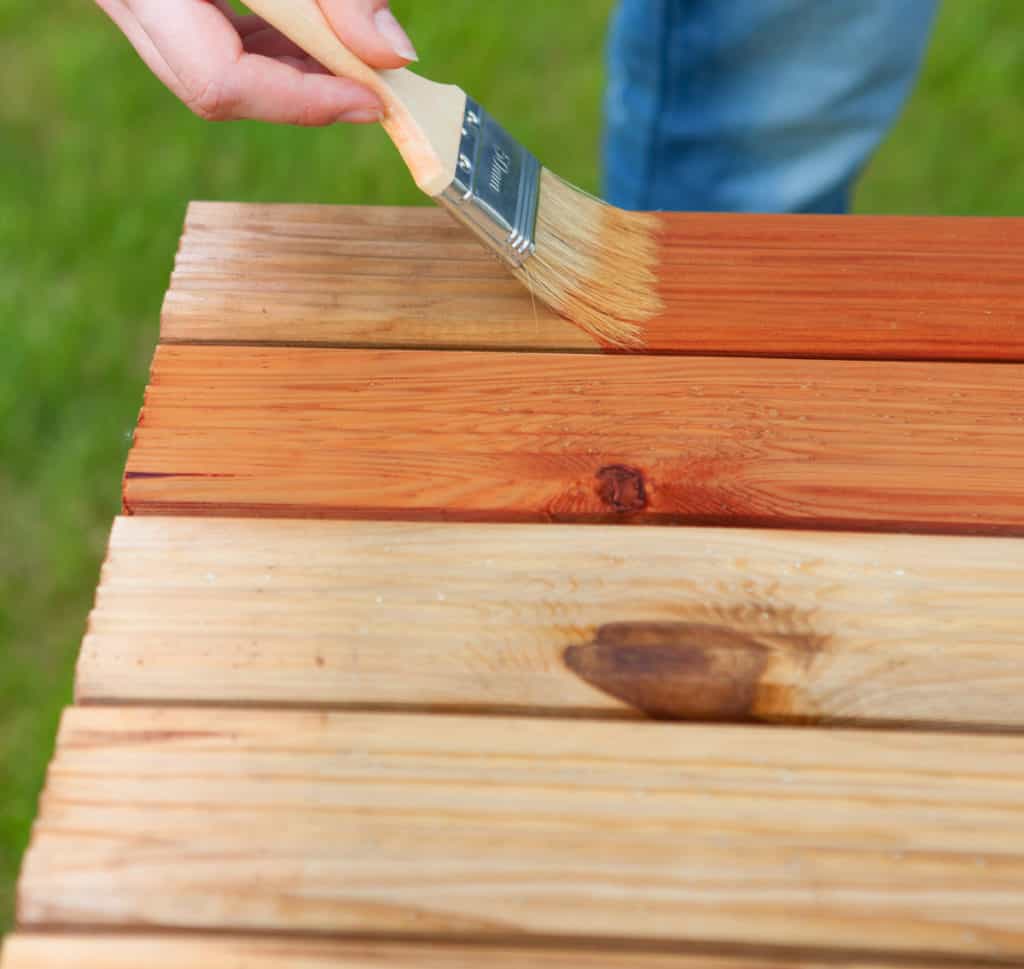
Applying a Protective Coat
Sealing Pine Wood
As a quick note, if you use pine, whether outside or inside, it will always work better if some sealant is applied. It’ll help to preserve the wood and allow it to last longer.
On the other hand, it’ll add to the expense of using pinewood but not enough to make using pine still an affordable wood for many projects.
So, as you can see, there is a vast usage of pine wood, and even more, going beyond what’s mentioned in this article.
If you liked this reading, please check out this title, “What Are the Best Tools for Cutting Pine Lumber?” for more about pine.
